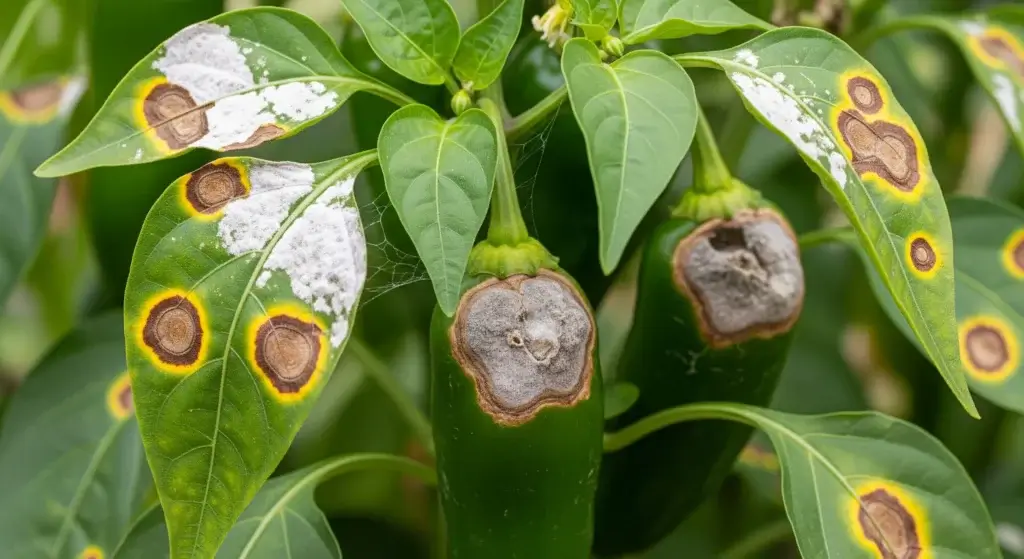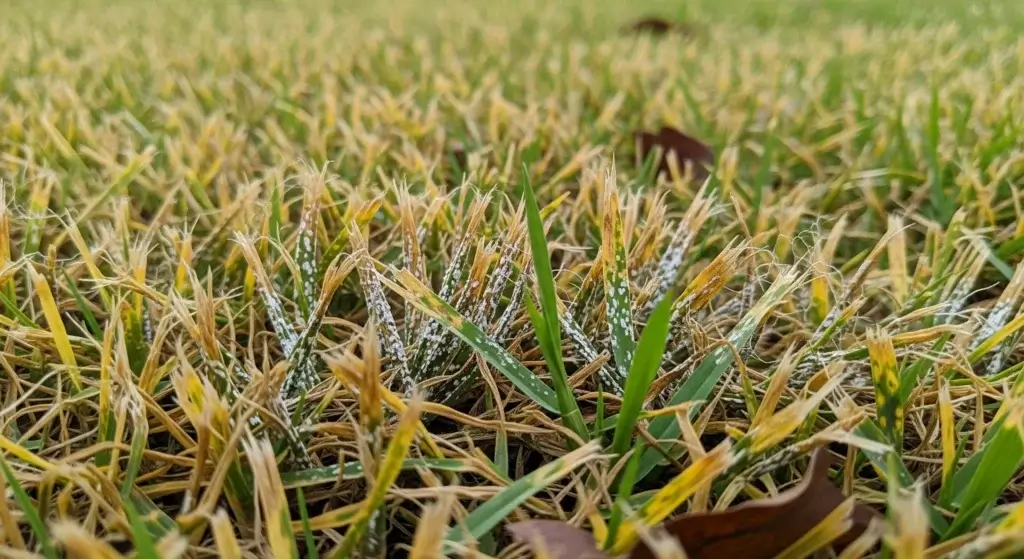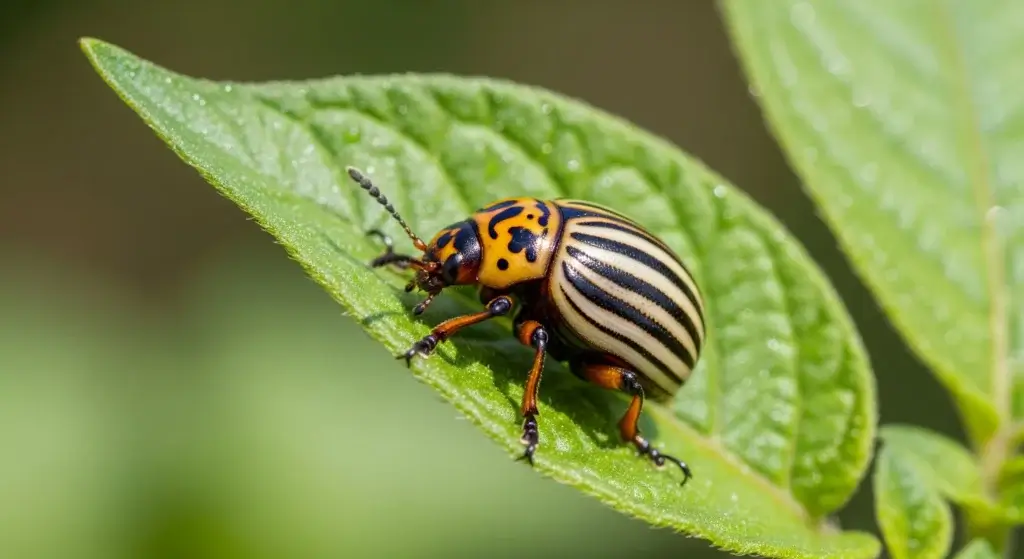
Imagine a vibrant garden bursting with life, flourishing without any bothersome pests.
Seems like a dream, right?
Well, meet the unassuming yet incredible ladybug – a gardener’s ultimate ally in the battle against pesky garden invaders.
Throughout this guide, we’ll delve into why ladybugs are your stealthy asset for natural pest control and how to make the most of their pest-fighting prowess.
Why Are Ladybugs Effective for Natural Pest Control in Gardens?
Ladybugs are no ordinary garden visitors; they’re nature’s tiny warriors, and here’s why they’re incredibly effective for natural pest control in gardens:
- Read also: Natural Pesticides for Indoor Plants
- Read also: Natural Pesticides for Your Herbs Garden
Aphid assassins
These cute red-and-black beetles might seem charming, but they’re fierce predators.
Ladybugs have a ravenous appetite for aphids, those tiny, sap-sucking pests that can wreak havoc on your plants.
They’ll devour aphids by the dozens, safeguarding your garden’s health.
Mighty mite-munchers
Ladybugs don’t just dine on aphids; they also have a hearty appetite for mites.
These tiny pests, although hard to detect, can cause significant harm to plants.
Fortunately, ladybugs eagerly feast on them, ensuring your garden stays clear of these pesky troublemakers.
Pest-free paradise
Ladybugs don’t just snack on aphids and mites; they’re known to have an expansive palate, dining on various garden pests.
From scale insects to whiteflies, these tiny warriors take care of a wide range of nuisances, ensuring your plants stay healthy and vibrant.
Natural pest control superstars
The beauty of ladybugs lies in their natural pest-control prowess.
Unlike chemical pesticides that can harm beneficial insects and the environment, ladybugs provide a safe and eco-friendly solution.
They keep the pest population in check without any collateral damage.
The life cycle of vigilance
Ladybugs aren’t just efficient eaters; they’re strategic in their lifecycle.
Starting from their larval stage, they’re already on the hunt for pests.
As they progress through their life cycle – from eggs to larvae to pupa and finally to adults – they continue their vigilant pursuit of garden intruders.
Balancing act
What’s remarkable about ladybugs is their role in maintaining a balanced ecosystem.
By preying on pests, they help keep the delicate balance between predator and prey in your garden, fostering a healthier environment for your plants to thrive.
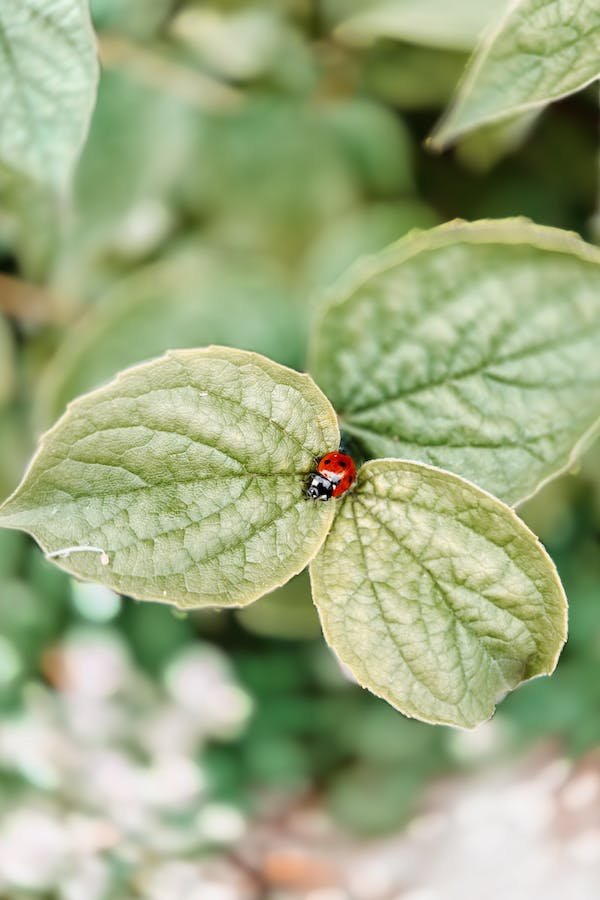
Digging Deeper About the Ladybug’s Life Cycle
Let’s delve deeper into the fascinating life cycle of ladybugs and how each stage contributes to their pest control abilities.
Egg stage
The life cycle kicks off when the ladybug lays small yellow eggs, usually grouped together beneath leaves.
Within a short span, these eggs hatch into larvae, marking the start of the following stage in their development.
Larva stage
After 3-10 days, depending on the species and temperature, ladybug larvae emerge from the eggs, looking quite different from the adults.
They resemble tiny, elongated creatures with dark bodies and orange spots.
During this stage, these larvae are hungry predators, consuming numerous pests, especially aphids and other small insects, to fuel their growth.
Pupa stage
Following a phase of eating, the larva undergoes an incredible change.
They move into the pupa stage, anchoring themselves in a secure location and undergoing a transformation within a shielding casing.
This critical phase can span a week or two, serving as a vital transition before they emerge as fully grown adult ladybugs.
Adult stage
Finally, the adult ladybugs emerge from the pupa casing, displaying their classic red-and-black spotted appearance.
At this stage, they continue their pest-eating mission, consuming large quantities of aphids, mites, and other garden pests.
Learning about the ladybug’s life cycle isn’t just a fun science lesson; it also teaches us valuable ecological principles.
Ladybugs are essential players in keeping aphid populations in check, contributing to a healthy balance in the garden ecosystem.
By understanding their needs and providing them with a welcoming habitat, we can encourage these vibrant little predators to thrive and help us maintain a natural pest control solution.

How to Attract Ladybugs
Creating a ladybug-friendly environment is simpler than you might think.
Here’s a more detailed guide on attracting ladybugs to your garden.
Ladybug-friendly plants
Certain plants act like magnets for ladybugs. Consider planting:
- Daisies: These cheerful blooms not only add color but also attract ladybugs with their pollen and nectar.
- Dill: The delicate, lacy leaves of dill are irresistible to ladybugs, inviting them to your garden.
- Marigolds: Their vibrant colors and distinct scent attract ladybugs while also deterring some pests.
Provide shelter
Ladybugs seek shelter during cooler periods or when they’re not actively hunting. You can create hiding spots by:
- Leaving leaf litter: Ladybugs often seek refuge in leaf litter, so allowing some debris to accumulate can provide shelter.
- Building insect hotels: Construct small shelters or insect hotels using natural materials like wood, straw, and cardboard to give ladybugs a cozy home.
- Small water sources: Ladybugs, like all creatures, need water. Setting up shallow dishes filled with water or installing a tiny fountain can serve as watering holes for them.
Avoid pesticides
Chemical pesticides can deter ladybugs and harm their population.
Opt for natural pest control methods to maintain a ladybug-friendly environment.
Diversity in planting
Ladybugs thrive in diverse environments. Plant a variety of flowers, herbs, and vegetables in your garden to attract different insects, providing a buffet for ladybugs to feed on.
- Spice things up: Herbs like coriander, cilantro, and chives are irresistible to ladybugs, offering both food and shelter.
- Decoy to the rescue: Plant sacrificial plants like nasturtiums and radishes to lure aphids away from your precious crops, giving ladybugs a concentrated food source.
Create a habitat
Ladybugs are attracted to areas with a healthy insect population.
Avoid over-cleaning or sterilizing your garden, as it may remove potential food sources for these helpful bugs.
Releasing Purchased Ladybugs
While purchased ladybugs can be a helpful boost to your garden’s pest control, releasing them effectively ensures they stick around and do their job.
Here’s how to get the most out of your “ladybug brigade”.
Buy local
If you decide to buy ladybugs, choose a species native to your area to avoid disrupting the local ecosystem.
Release at dusk
Ladybugs are more likely to stay if released in the cooler evening hours.
They’re more likely to settle in and explore their new surroundings when it’s not too hot.
Target the pests
Gently release them near aphid-infested areas or other pest hotspots.
Plants with these pests are ideal release spots as ladybugs will immediately find a buffet of food.
Hydration is key
Spray aphid-infested plants with water before and after release.
Ladybugs will be thirsty from travel and readily drink while munching on their prey.
Be patient
Don’t expect all ladybugs to stay. It’s natural for some to explore beyond your garden, but even a few can significantly reduce pest populations.
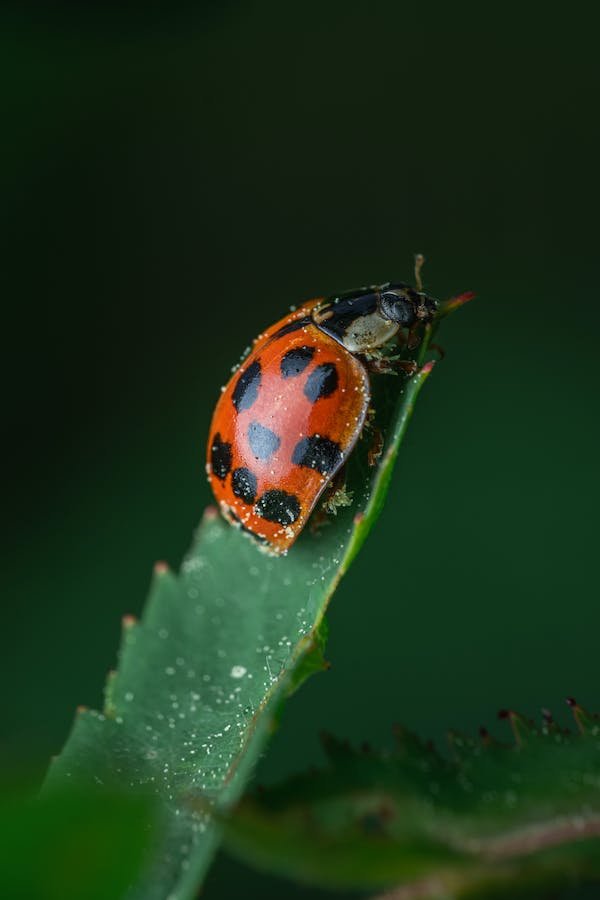
The Difference Between a Ladybug and the Asian Lady Beetle
The main difference lies in their behavior and habitat preferences.
Ladybugs are primarily beneficial garden insects, while Asian lady beetles, despite their pest-eating tendencies, can become problematic when seeking shelter indoors during certain seasons.
Ladybugs are generally docile and calm, unlikely to bite. Asian lady beetles can be more aggressive and prone to biting when handled.
Remember:
- Both ladybugs and Asian ladybeetles consume aphids and other garden pests, making them beneficial insects.
- Native ladybugs are preferable for your garden’s ecosystem.
- Treat both types with respect, avoiding unnecessary handling.
Where to Buy Ladybugs
Local gardening centers
These places often stock ladybugs, especially during the gardening season.
Visit your nearest gardening center or nursery, and inquire if they have ladybugs available for purchase.
The advantage of buying locally is that these ladybugs are likely well-suited for your area’s climate and ecosystem.
Online stores specializing in beneficial insects
Numerous online retailers specialize in selling beneficial insects, including ladybugs.
Look for reputable websites that offer live ladybugs and ensure they provide shipping to your location.
- Read also: Natural Pesticides for Your Roses
- Read also: A Guide to Natural Pesticides for Tomatoes
Large retailers
Some larger retail stores with dedicated gardening sections or departments might carry ladybugs, especially during the gardening season.
Conclusion
Ladybugs aren’t simply attractive bugs; they’re the natural pest control team of nature.
Welcome these little helpers to keep your garden flourishing and free from pests without any chemicals.
By inviting and caring for ladybugs, you’re promoting a healthier environment for your garden to thrive.
FAQs
Absolutely! Many garden centers and online retailers offer ladybugs for purchase.
No, ladybugs exclusively feed on garden pests and won’t harm your plants.
Depending on conditions, they can live from a few weeks to a few months.

